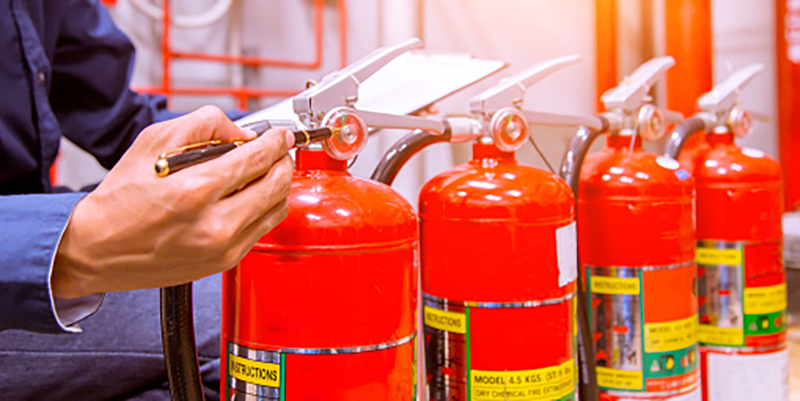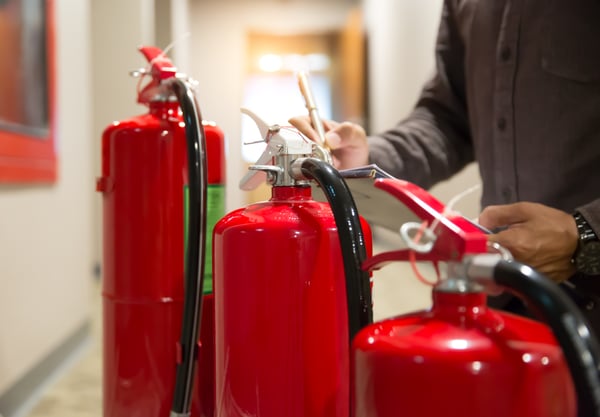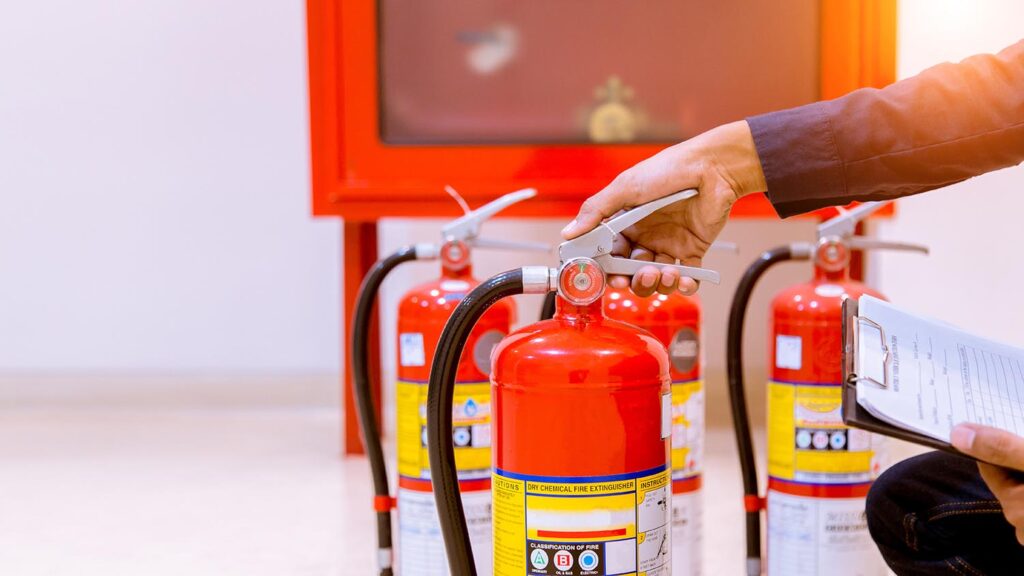Fire extinguishers are an essential part of any fire safety plan. They are designed to extinguish fires quickly and effectively, but they can only do their job if they are in good working condition. Regular fire extinguisher inspection is critical to ensure they are always ready to use in an emergency.
In this article, we will discuss the importance of fire extinguisher inspection, the types of inspections that need to be done, and how often they should be carried out. We will also provide some tips on how to inspect your fire extinguisher and what to do if it fails the inspection.

Importance of Fire Extinguisher Inspection
Regular fire extinguisher inspection is crucial to ensure that the extinguisher will function as intended during an emergency. An inspection will reveal any damage, corrosion, or leaks that may have developed since the last inspection. It also confirms that the extinguisher is fully charged and the pressure gauge is within the safe range.
Types of Inspections
There are two types of fire extinguisher inspections: monthly and annual. Monthly inspections are quick visual checks that anyone can perform. They involve looking for any physical damage or leaks, ensuring that the extinguisher is in its designated location, and checking the pressure gauge.
Annual inspections are more detailed and require the assistance of a licensed fire protection professional. They involve a thorough examination of the extinguisher to ensure that it complies with all relevant codes and standards. This includes checking the weight, pressure, and physical condition of the extinguisher, as well as verifying that the extinguisher’s agent is appropriate for the hazard it is meant to protect against.
Frequency of Inspections
The frequency of fire extinguisher inspections varies depending on the type of extinguisher and its intended use. As a general rule, monthly inspections should be conducted by the building owner or designated employee, while annual inspections should be done by a licensed professional.

In addition to these regular inspections, fire extinguishers should also be inspected any time they have been used or if there is any reason to suspect that they have been damaged. For example, if the extinguisher has been dropped or if it has been exposed to extreme temperatures, it should be inspected immediately.
How to Inspect a Fire Extinguisher
To inspect a fire extinguisher, follow these steps:
- Check the location of the extinguisher to ensure that it is in its designated location and easy to access.
- Look for any physical damage or corrosion on the extinguisher’s body, hose, and nozzle.
- Verify that the tamper seal is intact and the safety pin is in place.
- Check the pressure gauge to ensure that the needle is in the green zone.
- Check the label to ensure that the extinguisher is appropriate for the hazard it is meant to protect against.
What to Do if the Extinguisher Fails the Inspection
If a fire extinguisher fails inspection, it must be immediately taken out of service and replaced or repaired. Do not attempt to use a faulty extinguisher, as it may not function as intended and could result in serious injury or property damage.

Conclusion
Fire extinguisher inspection is critical to ensure that these devices are always ready to use in an emergency. By performing monthly and annual inspections, you can help to prevent property damage and ensure the safety of your building’s occupants. Remember, regular inspections are a small price to pay for the peace of mind that comes with knowing that your fire safety plan is up-to-date and effective.